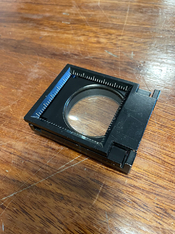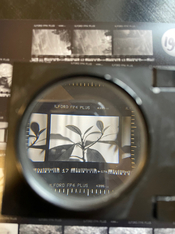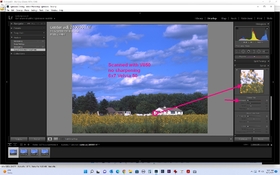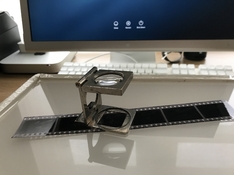nmp
Member
The reading glasses do magnify for me - perhaps because they permit me to get closer and still see clearly and fill my field of vision with the slide.
Do they magnify?
A common misconception about reading glasses is that they magnify small print. Actually, they make it easier to read small print by providing the correct diopter strength which usually begins at +0.75 all the way up to +4.00 (more on that later). As typically worn, that will crystalize near focus for reading and other close work tasks so that your eyes have an easier time to focus. Reading glasses will not discernibly enlarge the size of text or near objects compared with when they are removed, though the crystalizing effect can often feel that way.

How Our Lenses Work
Our reading glasses use magnification to make small text larger and easier to read. Learn more about how they work, and what pair is right for you.





















